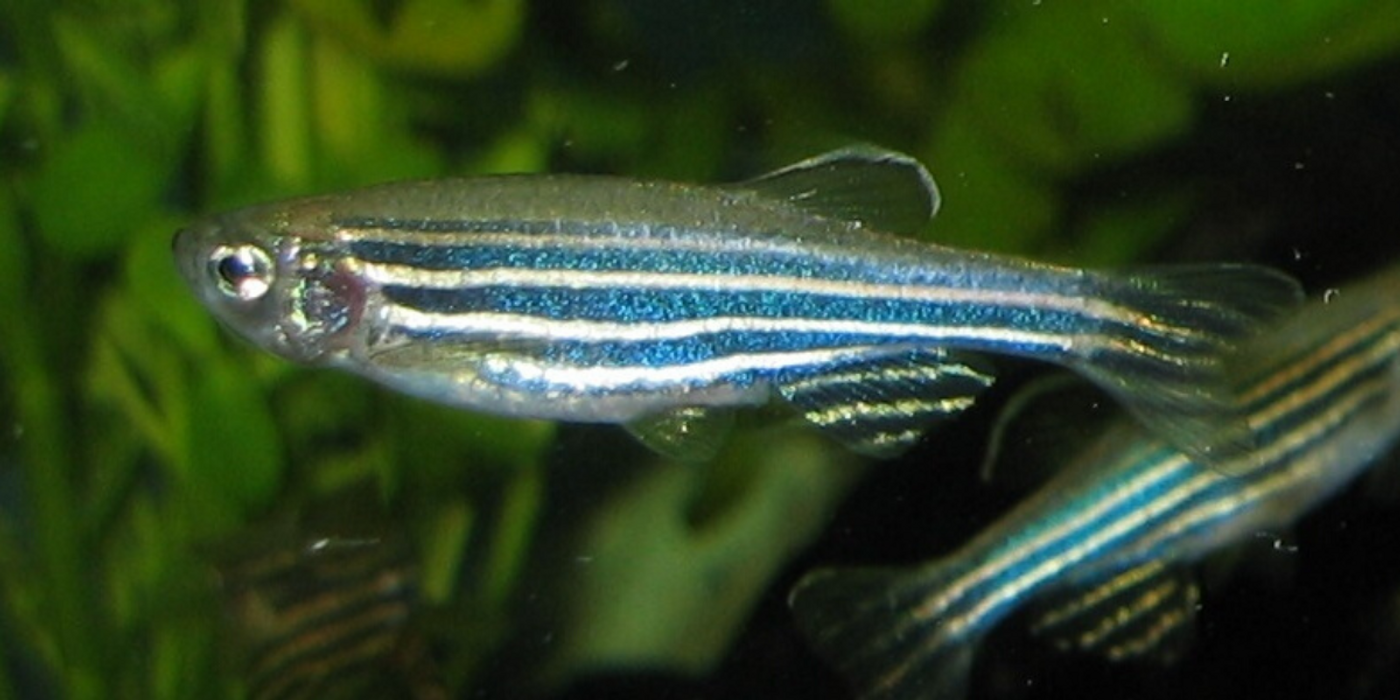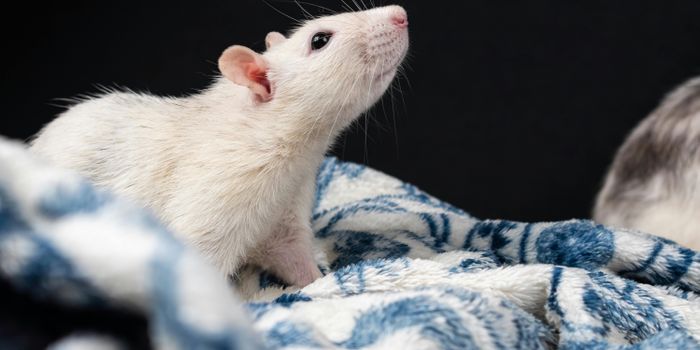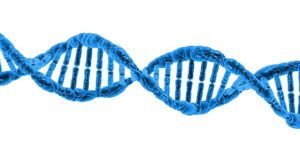Zebrafish Development Thwarted by Blocked Cannabinoids
Cannabinoid receptors of the endocannabinoid system (ECS) are vital pieces of the puzzle for the ECS to function correctly; the ECS needs cannabinoid receptors like the immune system needs T cells, B cells, and antibodies. In this new study, researchers show in a zebrafish model of the ECS the consequences of cannabinoid receptor dysfunction in early development.
The zebrafish has been a popular model organism in scientific research since the 1960s, particularly for studies of muscular dystrophy and cancer. Scientists like them because they are affordable (more so than mice), small, mate in the daytime, grow quickly, and share genetic similarities with humans.
The zebrafish ECS is not dissimilar from the human ECS, playing important roles in maintaining homeostasis with a motley crew of cannabinoid receptors (CB1 and CB2), endocannabinoids, and metabolic enzymes. The ECS also interacts with external factors, such as phytocannabinoids like tetrahydrocannabinol (THC) and cannabidiol (CBD) found in cannabis, but the current study simply looked at the effects of blocking CB1 and CB2 activity in developing zebrafish.
In the study, researchers blocked cannabinoid receptor activity in zebrafish during early development - the first or second day. As a result, researchers observed abnormal development with specific effects associated with blocking of CB1 versus CB2.
When CB2 was blocked, researchers observed large-scale dysfunction in the growth and development of the zebrafish, particularly via visible reductions in heart rate. When CB1 was blocked, researchers observed swim bladders fail to properly inflate. Overall, disruption of cannabinoid receptor activity resulted in abnormal development of motor neurons, effects made increasingly evident as the fish grew into adulthood.
“The changes are not major on their own, but when we consider the combined effects, we begin to see some more significant implications,” explained co-author Declan Ali, PhD.
Sources: YourGenome.org, University of Alberta, Journal of Experimental Biology









